
Shannen Doherty, in fight for her life with cancer, gets standing ovation at 90s Con
Shannen Doherty was showered with love over the weekend.
2023-09-20 00:26

Americans are united in their negative perception of national politics, new Pew report finds
Americans' outlook on national politics is best summarized as "dismal," according to a wide-ranging new Pew Research Center report released Tuesday.
2023-09-20 00:16

Intel says newest laptop chips, software will handle generative AI
By Stephen Nellis and Max A. Cherney Intel said on Tuesday that a new chip due in December
2023-09-19 23:58

Ray Epps, center of a Jan. 6 conspiracy theory, is charged with a misdemeanor over the Capitol riot
An Arizona man who became the center of a conspiracy theory about Jan. 6, 2021, has been charged with a misdemeanor offense in connection with the U.S. Capitol riot
2023-09-19 23:52
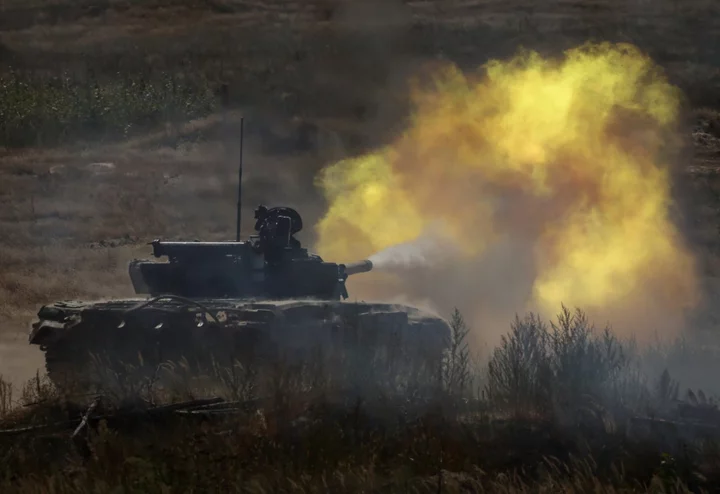
Ukraine ‘has one month to hold knife to Crimea’s throat’ and force Putin into peace talks
Ukraine has just four weeks to hold a "knife at Crimea's throat" and force Vladimir Putin into peace talks before Russia's army recoups over winter, experts have warned. Professor Mark Galeotti, academic and author of more than 20 books on Russia, said Volodymyr Zelensky’s troops need to move another 10 miles southwards to be in range of striking key Russian supply routes in Crimea. He claimed this is the only “serious” chance Ukraine has to force Mr Putin into negotiations before the Russian army has the opportunity to regroup over winter. “They’ve got about another month of campaign season. But if things slow down, the Russians will use the winter to regroup themselves and the whole thing will start up again in spring,” the professor, who teaches Slavonic and East European Studies at University College London, told The Independent. “If Ukraine can move another 10 miles southwards, Russian road and rail links used to resupply Crimea will be in range of their artillery. “The only serious chance Ukraine has of forcing Putin to the negotiating table is by holding a knife at Crimea’s throat. But I think that is going to be next year’s campaign.” It comes after President Zelensky admitted that Ukraine’s counteroffensive was progressing slowly, but insisted that more territory was being reclaimed every day. “The situation is tough,” he told CBS’s 60 Minutes. “We stopped the Russians in the east and started a counteroffensive. Yes, it is not that fast but we are going forward every day and de-occupying our land.” Ukrainian generals claimed they had recaptured the eastern villages of Klishchiivka and Andriivka near Bakhmut over the weekend. Earlier this month, Ukrainian forces also breached Russia’s first line of defence near Zaporizhzhia in the south of the country, taking the village of Robotyne. This Zaporizhzhia area is a “key” battlefield, as breaking through would allow Ukrainian forces to strike out towards the Sea of Azov, Professor Galeotti said. This would allow Ukrainian forces to disrupt and destroy supply lines linking Rostov-on-Don, in Russia, and the Crimean Peninsula, which was annexed in 2014. But Dr Marina Miron, a postdoctoral researcher at King’s College London war studies department, it was "very unlikely" there would be a major breakthrough for Ukraine this year as its "window of opportunity" was now closing ahead of winter. “The rain is already starting,” she said. “The weather will get a lot worse.” Ukraine launched its counter-offensive in June to push Mr Putin’s forces out of land captured by Russia after the invasion began in February 2022, striking along the 600-mile frontline in areas including the Bakhmut, Kharkiv and Zaporizhzhia regions. But as the offensive slows it is now “touch and go” as to whether Ukraine can make a “real, pivotal difference” in the war by the end of this year, Dr Miron said. “The main effort will be to sustain troops throughout the winter. Ukraine will not be in a position to carry on the offensive,” Dr Miron added. She explained Ukraine had a “heavy logistical” footprint with German Leopard and British Challenger 2 tanks, but they would be harder to use in wetter, muddier conditions, to assist a full breakthrough. “They’re just not designed for those types of terrains,” she said. “They would risk losing more equipment getting bogged down in winter conditions than waiting it out until getting F-16 fighter jets.” In August, Denmark promised the delivery of 19 F-16 jets to Ukraine. Six will be delivered by the end of this year, followed by eight in 2024 and five in 2025, according to Danish prime minister Mette Frederiksen. However, Ukraine admitted it could take up to six months to train its military to use the jets and they would not be in operation this winter. With fears growing around wavering Western support as the war draws on, Dr Miron said: “Neither side have an infinite supply of money or manpower. But Russia does have time. And that’s what they are betting on.” Read More Ukraine-Russia war – live: Putin’s brigades ‘suffer heavy losses’ as counteroffensive advances around Bakhmut Kremlin says Russia and China must edge closer to counter Western efforts to contain them US defense chief urges nations to dig deep and give Ukraine more much-needed air defense systems
2023-09-19 23:23
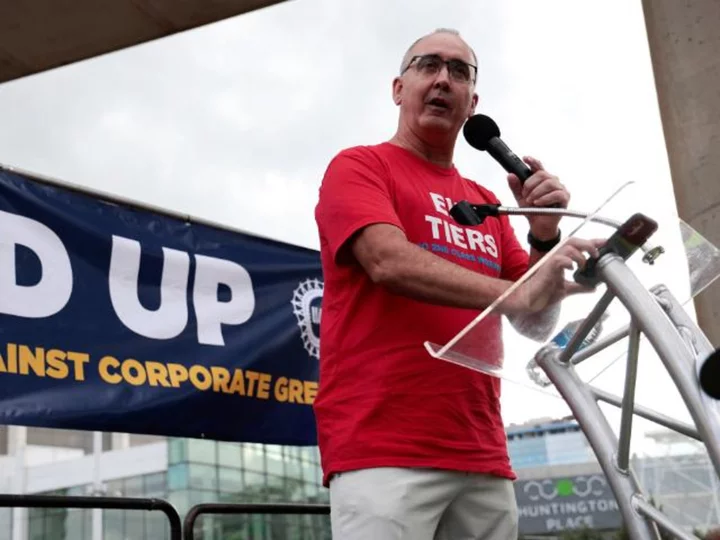
UAW president has some harsh words for Trump
The head of the United Auto Workers union is publicly denouncing former President Donald Trump ahead of his visit next week to Detroit as part of a plea to current and former union members.
2023-09-19 22:57
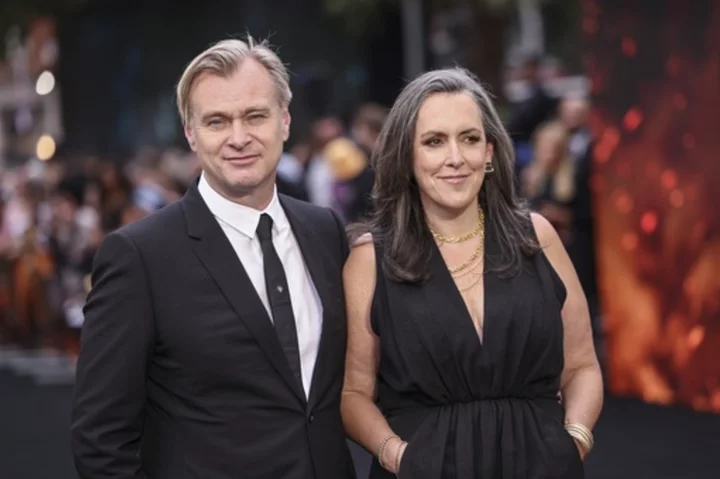
For filmmakers, ‘Oppenheimer’s’ $900M-plus haul is an important moment for Hollywood and theaters
Hopes were always high for Christopher Nolan’s “Oppenheimer.”
2023-09-19 22:57
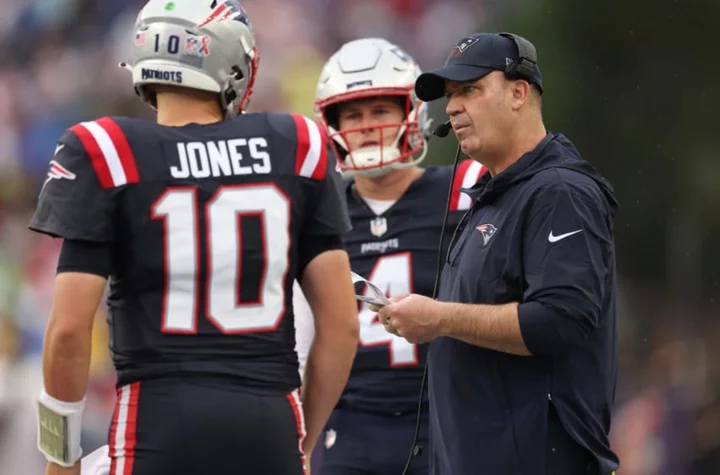
Bill Belichick vs. Bill O'Brien: Patriots at odds over coaching strategy
Bill O'Brien is trying to run an offense for the New England Patriots that doesn't match what head coach Bill Belichick is trying to do.
2023-09-19 22:56
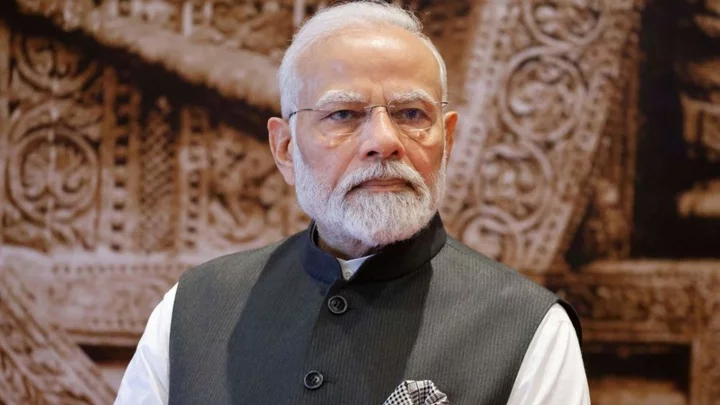
Special session: Modi introduces women's bill in new India parliament
Prime minister Modi praises bill as "special moment" for his country, ahead of general elections.
2023-09-19 22:52

Édgar Barrera, Karol G, Shakira, and more lead Latin Grammy nominations
The 2023 Latin Grammy nominations are here
2023-09-19 22:18
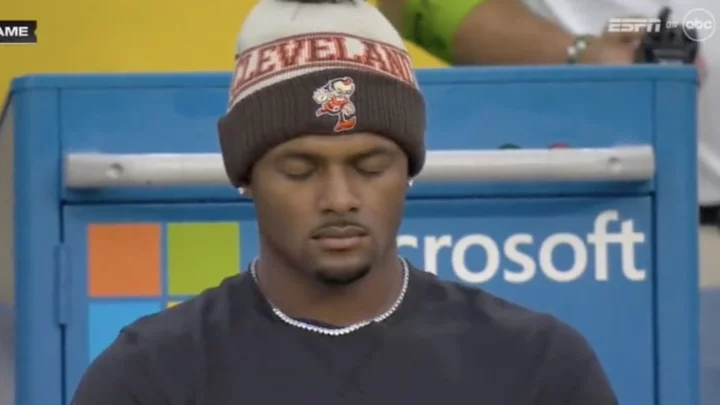
Troy Aikman Openly Laughed at Deshaun Watson's Pregame Routine
He couldn't help himself.
2023-09-19 22:17
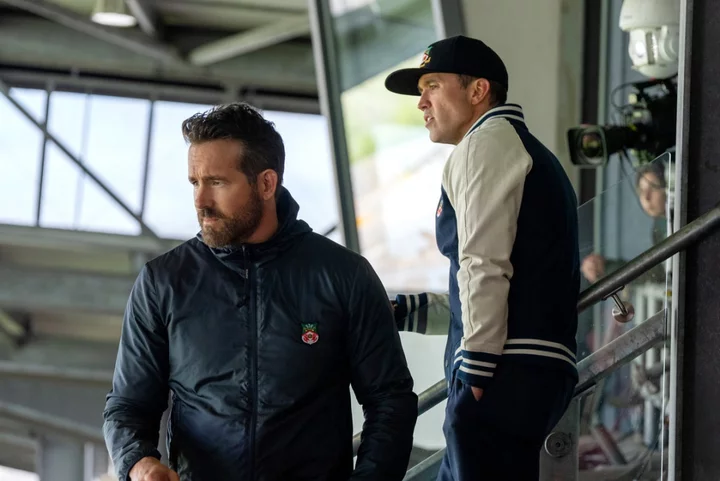
Why Wrexham’s celebrity owners and lavish spending must be the exception not the norm
As the new League Two season got underway last month, the bookmakers were clear in their opinion; Wrexham were the favourites. The team to beat. Eight games in, Phil Parkinson’s side sit fourth– just three points off table-toppers Gillingham – having won four and drawn three since their opening-day defeat to MK Dons. Two places above them in second is Notts County, Wrexham’s promotion rivals from last season who have also made an impressive start back to life in the Football League. Notts County, like Wrexham, were one of the early season favourites for the title despite this being their first season back in the fourth tier since 2019. While it may come as no surprise that two teams littered with Football League talent have taken little time to acclimatise to England’s fourth tier, it does point to a stark financial inequality that is beginning to emerge at the base of the Football League. In the case of Wrexham, Ryan Reynolds and Rob McElhenney may not be throwing around cash in such a carefree manner as their American counterpart, Todd Boehly, in the Premier League at Chelsea, but they certainly aren’t spending prudently either. The club’s financial records for their promotion-winning season aren’t yet available, but the records from the season prior paint a clear picture of the new owners’ willingness to part ways with cash in their bid for promotion. £1.2m spent on transfers and agents – up from just £10,000 the year before – alongside a 294 per cent increase in football costs and losses of £2.9m which far outweighed the average net loss for a club in the National League, which sits around £1.1m according to Deloitte’s Annual Review of Football Finance. Some of that can be explained by the owner’s purchase of the freehold for the stadium and their 404 per cent increase in revenue – up to nearly £6m – but, regardless, the picture is as clear as ever. The big spenders rise to the top. One of last season’s big revenue drivers is expected to be Welcome to Wrexham, the hugely popular fly-on-the-wall documentary. The second season airs this week, showcasing the club’s second full season under their new owners, a campaign which ultimately concluded in Wrexham’s promotion back to the Football League for the first time since 2008. The show has attracted eyeballs and acclaim for its presentation of a football club at the heart of its community, and rightly so. In the second episode of the new series, for example, the story follows a young 17-year-old autistic fan, Millie Tipping, who strikes up a heartwarming relationship with star striker Paul Mullin whose own son, Albi, shares the same disorder. That focus on the community is an uplifting thread that runs throughout the documentary. But it’s also no wonder when the alternative is confronting the fact that Wrexham seem intent on financially bulldozing the lower leagues with boatloads of cash and hefty wage bills. After all, there were no other clubs in the National League last year whose kits were adorned with the sponsorship money of a social media giant like TikTok. No other teams in England’s fifth tier who could ring up and tempt a former England international goalkeeper out of retirement to help secure promotion. This year, their squad has been boosted – yet again – by the arrival of talent from higher divisions in the form of Will Boyle, George Evans and James McLean, the latter a £250,000 signing from Wigan Athletic reported to be on “championship wages”. When added to a squad that had already picked off supreme talents from the leagues above when the Welsh side were still in the National League, it’s clear to see why the bookmakers had them right at the top of their odds sheet. Money talks. They are not the only ones following this path in League Two. Salford City were the poster boy for big spending when they first reached the division under the ‘Class of 92’ ownership group. Stockport County too, who pipped Wrexham to promotion in the documentary’s first season, have spent handsomely, bringing Nick Powell to the club after he left Stoke City in the summer. But as Wrexham’s documentary hits TV screens, it should be the big spending of Reynolds and McElhenney that is put under the microscope. The celebrity status and goodwill garnered from the documentary should not distract from the vast spending that could dramatically alter the lower league landscape. Their openness with the fanbase and their effect on the local community is to be celebrated. One only has to look into the shenanigans at Southend United and Scunthorpe Town to realise stable ownership is far from guaranteed. However, look beyond that and their on-field strategy – fueled by rocketing sponsorship income and aggressive spending – is creating an unwanted blueprint. Succeeding in the Premier League has long been dictated by an owner’s willingness to spend. Football must now avoid a world where big-name owners, vast sponsorship deals and the same ability to spend are the only ways to journey up the football pyramid. Read More Welcome to Wrexham: The seasons we never got to see behind the scenes Welcome to Wrexham: Best sporting moments from season one Welcome to Wrexham: Best moments to look out for in season two Wrexham’s legendary goalkeeper Ben Foster in profile Wrexham’s star striker ‘Super’ Paul Mullin in profile Ben Foster: Retired keeper set to star in Welcome to Wrexham season 2
2023-09-19 21:58
